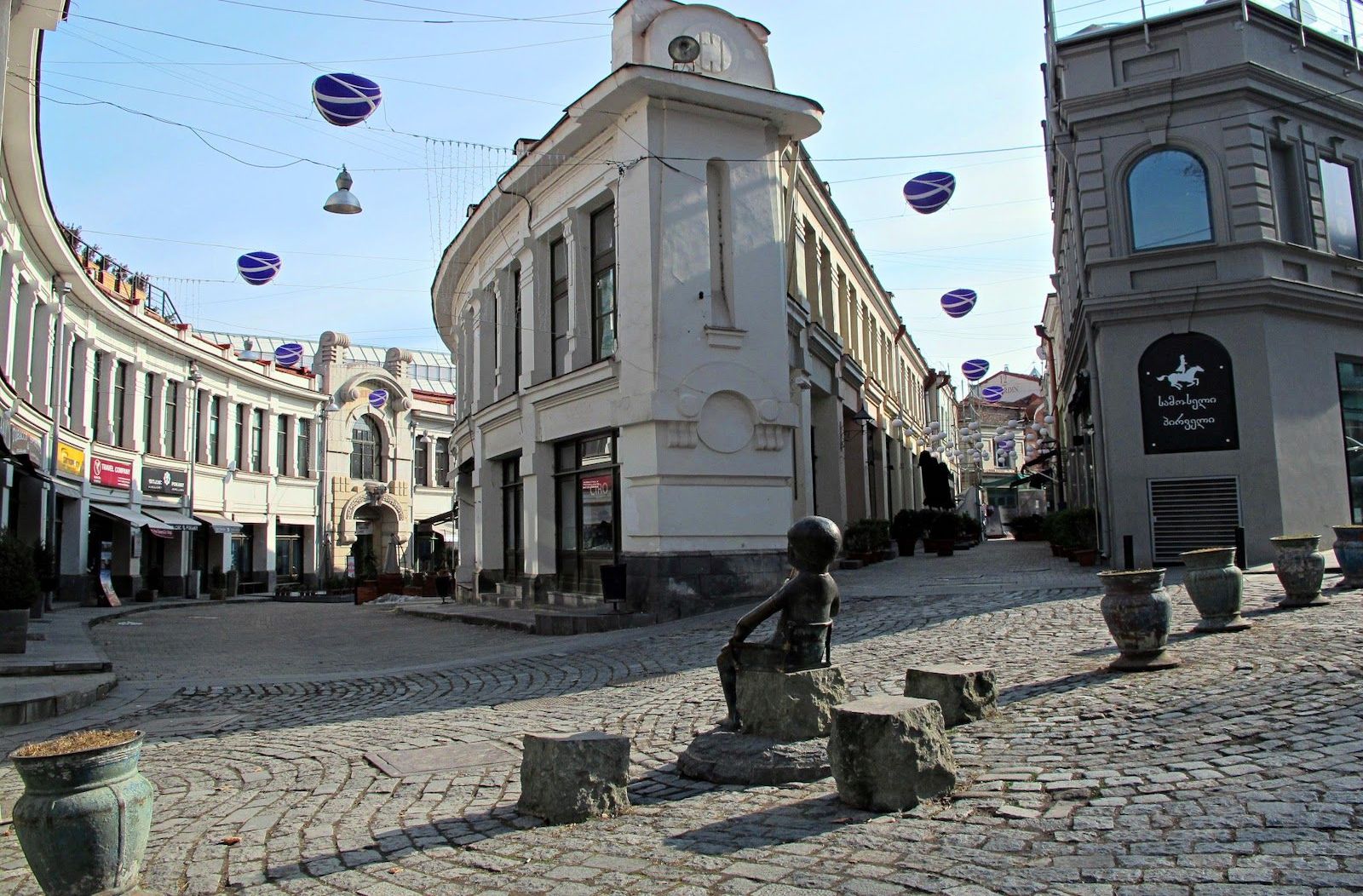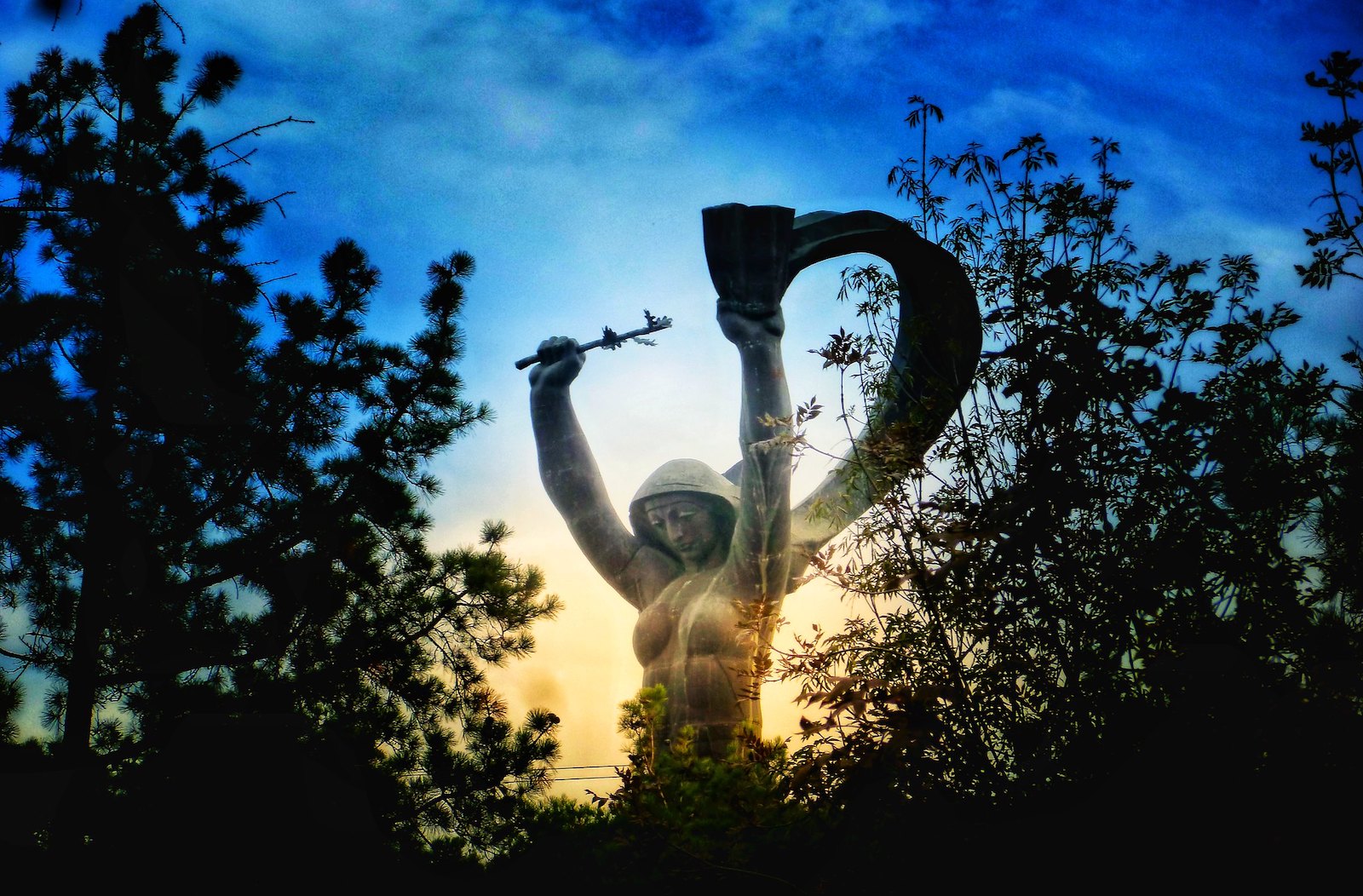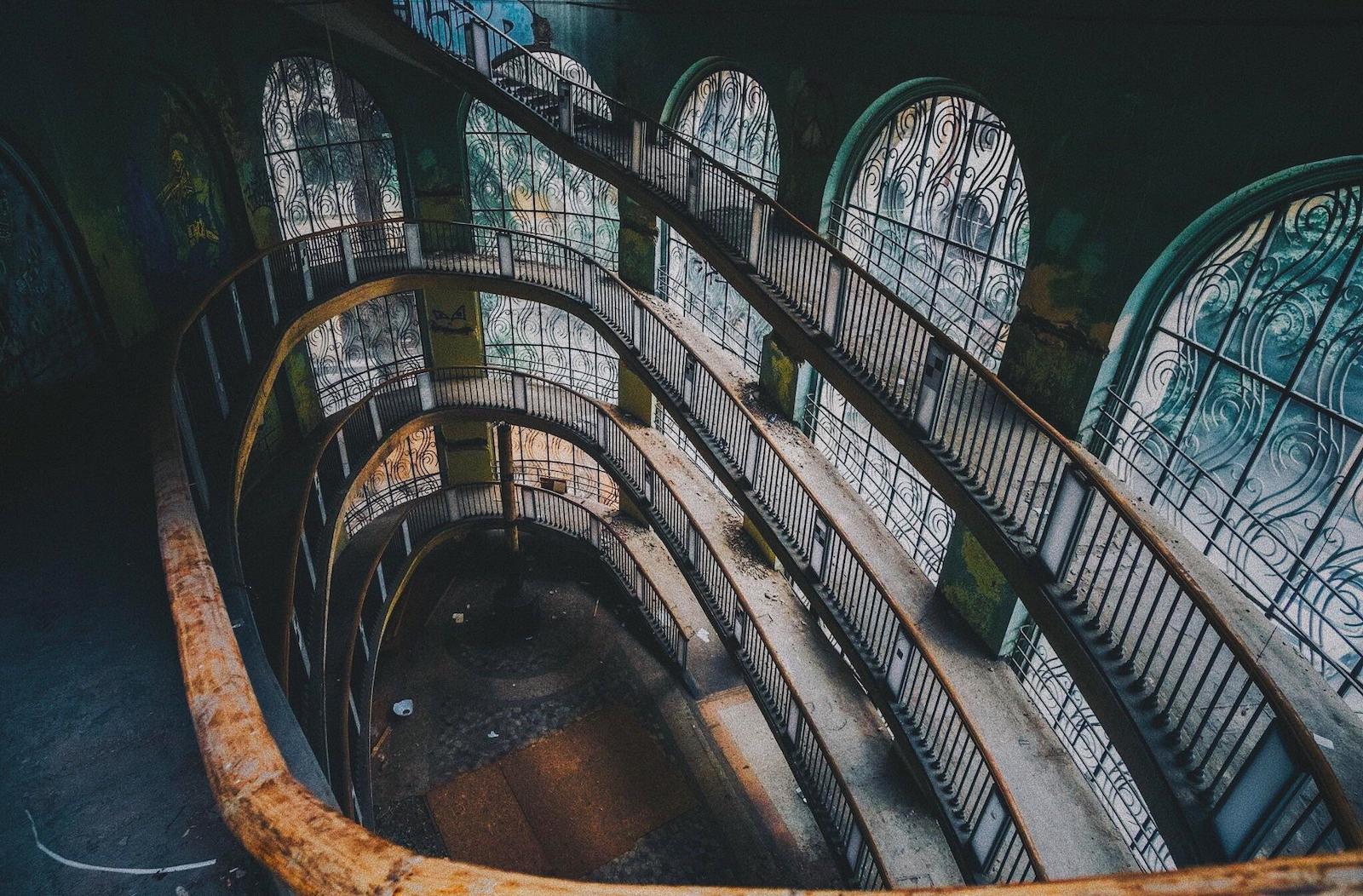
Ortachala
[et_pb_section fb_built=”1″ _builder_version=”4.3.2″ border_style_all=”dotted” border_color_bottom=”#f1f1f1″][et_pb_row _builder_version=”4.3.2″ width=”100%” max_width=”100%”][et_pb_column type=”4_4″ _builder_version=”4.3.2″][et_pb_text _builder_version=”4.4.1″ header_font=”|700|||||||” header_2_font=”|700|||||||” header_3_font=”|700|||||||” header_4_font=”|700|||||||” header_5_font=”|700|||||||” header_6_font=”|700|||||||” custom_margin=”||50px||false|false” hover_enabled=”0″ border_style_all=”dotted” border_color_bottom=”#f1f1f1″]
This district is the place where you go if you’ve lost your tourist friend. It is the MOST touristy area in the whole city. This place is just crowded with tourist attractions.
The district of Ortachala (this area is better known as Old Town) and a part of Krtsanisi region, is located on the right bank of the river Mtkvari in the south-eastern part of Tbilisi. It is one of the oldest and the most visually appealing parts of the city. It is an old settlement with many historic and unique buildings.
In the past, liberated from the narrow southern riverbed, Mtkvari branched out, forming a large island. The most beautiful gardens were situated on it, belonging to the royal family and the richest merchants of the city. Even Beria had his own garden there in the 20th century. Today neither the Ortachala Island nor its gardens exist. Nobody knows the exact location of the Ortachala Garden, with its famous baths, restaurants, hotels and brothels. But the name remains. Orta-chala means “piece of land between two water streams”.
Now, In order to cover the district optimally, we’re going to first divide them into three historical micro-districts: the Upper District, Kala and Abanotubani.
The Upper District
[/et_pb_text][et_pb_image src=”https://iamtbilisi.com/wp-content/uploads/2020/02/26457484158_f559d0f97d_h.jpg” show_bottom_space=”off” _builder_version=”4.3.2″ locked=”off”][/et_pb_image][et_pb_text _builder_version=”4.4.1″ text_font=”||||||||” text_text_color=”rgba(0,0,0,0.55)” text_font_size=”12px” text_line_height=”1.1em” header_font=”|700|||||||” header_2_font=”|700|||||||” header_3_font=”|700|||||||” header_4_font=”|700|||||||” header_5_font=”|700|||||||” header_6_font=”|700|||||||” background_color=”#f1f1f1″ custom_margin=”||33px||false|false” custom_padding=”8px|13px|8px|13px|true|true” locked=”off”]
✱ Orange houses in Tbilisi.
[/et_pb_text][et_pb_text _builder_version=”4.4.1″ header_font=”|700|||||||” header_2_font=”|700|||||||” header_3_font=”|700|||||||” header_4_font=”|700|||||||” header_5_font=”|700|||||||” header_6_font=”|700|||||||” custom_margin=”40px||50px||false|false” custom_padding=”||||false|false” hover_enabled=”0″ border_style_all=”dotted” border_color_bottom=”#f1f1f1″]
Starting with the Upper District which traditionally incorporated the area in between modern Baratashvili and Kote Afkhazi Streets, with the center of it the Erekle II Square. We would strongly advise you to stroll on these narrow old streets around the square with the small houses packed together because it is almost the only place where you can still see the old pattern of housing and architecture of the city.
Not far away from the square, you will find the oldest surviving church in the city – the Anchiskhati Basilica of St Mary, dating back to the 6th century. You should definitely check it out. When you go right behind the church, up a few steps, you will see a crooked clock tower. The sight of it is already astonishing, but if you look close enough you will discover some very beautiful mosaic pieces and the city’s smallest clock in the middle.
[/et_pb_text][et_pb_image src=”https://iamtbilisi.com/wp-content/uploads/2020/02/gabriadze5-1.jpg” show_bottom_space=”off” _builder_version=”4.4.1″][/et_pb_image][et_pb_text _builder_version=”4.4.1″ text_font=”||||||||” text_text_color=”rgba(0,0,0,0.55)” text_font_size=”12px” text_line_height=”1.1em” header_font=”|700|||||||” header_2_font=”|700|||||||” header_3_font=”|700|||||||” header_4_font=”|700|||||||” header_5_font=”|700|||||||” header_6_font=”|700|||||||” background_color=”#f1f1f1″ custom_margin=”||33px||false|false” custom_padding=”8px|13px|8px|13px|true|true” locked=”off”]
✱ The clock tower, Tbilisi.
[/et_pb_text][et_pb_text _builder_version=”4.4.1″ header_font=”|700|||||||” header_2_font=”|700|||||||” header_3_font=”|700|||||||” header_4_font=”|700|||||||” header_5_font=”|700|||||||” header_6_font=”|700|||||||” custom_margin=”40px||50px||false|false” custom_padding=”||||false|false” hover_enabled=”0″ border_style_all=”dotted” border_color_bottom=”#f1f1f1″ locked=”off”]
There is another old church just a few hundred meters to the south called Zion Cathedral. It might just be one of the most known monuments in the Old Town. The beginning of its construction is dated to the 5th – 6th centuries and the completion – the first half of the 7th century. The Cathedral is named in the honor of Zion in Jerusalem.
After passing the Zion Cathedral you will come across Shardeni Street, one of the most popular and beautiful streets of the city. Truthfully, no tourist should ever leave the city without coming here first. Nowadays, popular restaurants, open cafes and bars, nightclubs and galleries are located on this street. It is also the best place to explore Tbilisi’s nightlife. Furthermore, many exhibitions, celebrations and concerts are organized here, so – yes, most definitely worth a visit.
Kala
Right across Shardeni Street, in the heart of the Old Town lies Gorgasali Square. Often called Meidan Square, it was the oldest market square in the old Tiflis located between the two oldest quarters of the city – Abanotubani and Kala – and is joined with Metekhi district by the bridge.
The square is one of the most recognizable squares in the city and is depicted on almost every item that’s sold as a souvenir.
P.S. – The square was called Tatar Meidan until 1958 because mostly Muslim Persians and Azerbaijani lived near it and all Muslims were called Tatars at the time. Now it’s called Gorgasali square, which is a much better name, but the locals still call it Meidan from the force of habit.
[/et_pb_text][et_pb_image src=”https://iamtbilisi.com/wp-content/uploads/2020/02/39544717344_b0796e2209_h.jpg” show_bottom_space=”off” _builder_version=”4.3.2″ locked=”off”][/et_pb_image][et_pb_text _builder_version=”4.4.1″ text_font=”||||||||” text_text_color=”rgba(0,0,0,0.55)” text_font_size=”12px” text_line_height=”1.1em” header_font=”|700|||||||” header_2_font=”|700|||||||” header_3_font=”|700|||||||” header_4_font=”|700|||||||” header_5_font=”|700|||||||” header_6_font=”|700|||||||” background_color=”#f1f1f1″ custom_margin=”||33px||false|false” custom_padding=”8px|13px|8px|13px|true|true” locked=”off”]
✱ Gorgasali Square, Tbilisi.
[/et_pb_text][et_pb_text _builder_version=”4.4.1″ header_font=”|700|||||||” header_2_font=”|700|||||||” header_3_font=”|700|||||||” header_4_font=”|700|||||||” header_5_font=”|700|||||||” header_6_font=”|700|||||||” custom_margin=”40px||50px||false|false” custom_padding=”||||false|false” hover_enabled=”0″ border_style_all=”dotted” border_color_bottom=”#f1f1f1″ locked=”off”]
It has ancient roots and modern restaurants and cafes, as well as much to see – all close by. Here are wine cellars, souvenir stalls, art galleries, jewelry stores, silver and gold jewelers, ice-cream parlors, traditional bakeries, winding streets with cafes, bars, nightclubs, and restaurants.
If you look up the mountain you will see an old half-ruined fortress. That fortress is called Narikala, hence the name of this micro-district “Kala”. This ancient fortress overlooking Tbilisi dates back to the 4th century and consists of two walled sections on a steep hill between the sulfur baths and the botanic gardens of Tbilisi. On the lower court, there is the recently restored St Nicholas church. Newly built in 1996–1997, it replaces the original 13th-century church that was destroyed by fire. From the inside, the church is decorated with frescos showing scenes both from the Bible and the history of Georgia.
[/et_pb_text][et_pb_image src=”https://iamtbilisi.com/wp-content/uploads/2020/02/narik.jpg” show_bottom_space=”off” _builder_version=”4.3.2″ locked=”off”][/et_pb_image][et_pb_text _builder_version=”4.4.1″ text_font=”||||||||” text_text_color=”rgba(0,0,0,0.55)” text_font_size=”12px” text_line_height=”1.1em” header_font=”|700|||||||” header_2_font=”|700|||||||” header_3_font=”|700|||||||” header_4_font=”|700|||||||” header_5_font=”|700|||||||” header_6_font=”|700|||||||” background_color=”#f1f1f1″ custom_margin=”||33px||false|false” custom_padding=”8px|13px|8px|13px|true|true” locked=”off”]
✱ Narikala Fortress, Tbilisi.
[/et_pb_text][et_pb_text _builder_version=”4.4.1″ header_font=”|700|||||||” header_2_font=”|700|||||||” header_3_font=”|700|||||||” header_4_font=”|700|||||||” header_5_font=”|700|||||||” header_6_font=”|700|||||||” custom_margin=”40px||50px||false|false” custom_padding=”||||false|false” hover_enabled=”0″ border_style_all=”dotted” border_color_bottom=”#f1f1f1″]
The National Botanical Garden of Georgia starts right by the fortress. Its history spans more than three centuries. It was first described, in 1671, by the French traveler Jean Chardin (the same guy the Shardeni Street was named after) as royal gardens which might have been founded at least in 1625 and were variably referred to as “fortress gardens” later in the history. Anyways, it is a beautiful garden and occupies 161 hectares and houses species from over 4,500 taxonomic groups. So, definitely worth a visit.
[/et_pb_text][et_pb_image src=”https://iamtbilisi.com/wp-content/uploads/2020/02/bot.jpg” show_bottom_space=”off” _builder_version=”4.4.1″][/et_pb_image][et_pb_text _builder_version=”4.4.1″ text_font=”||||||||” text_text_color=”rgba(0,0,0,0.55)” text_font_size=”12px” text_line_height=”1.1em” header_font=”|700|||||||” header_2_font=”|700|||||||” header_3_font=”|700|||||||” header_4_font=”|700|||||||” header_5_font=”|700|||||||” header_6_font=”|700|||||||” background_color=”#f1f1f1″ custom_margin=”||33px||false|false” custom_padding=”8px|13px|8px|13px|true|true” locked=”off”]
✱ Botanical Gardens, Tbilisi.
[/et_pb_text][et_pb_text _builder_version=”4.4.1″ header_font=”|700|||||||” header_2_font=”|700|||||||” header_3_font=”|700|||||||” header_4_font=”|700|||||||” header_5_font=”|700|||||||” header_6_font=”|700|||||||” custom_margin=”40px||50px||false|false” custom_padding=”||||false|false” hover_enabled=”0″ border_style_all=”dotted” border_color_bottom=”#f1f1f1″ locked=”off”]
Now, while walking around the fortress and the garden you will surely notice a huge statue of an armed woman standing on the mountain. That monument is called “Kartlis Deda”, meaning “Mother of Kartli”. She symbolizes the Georgian national character: in her left hand she holds a bowl of wine to greet those who come as friends, and in her right hand is a sword for those who come as enemies.
Abanotubani
Is just a little bit further than Kala. The name literally means “bath district”, because of its natural sulphur baths. Abanotubani is an important historic part of the city — the place, where according to a legend the King of Iberia, Vakhtang Gorgasali’s falcon fell, leading to a discovery of the hot springs and, subsequently, to the founding of our new capital.
Here you will find various sulphur baths, one of them being the oldest “Orbeliani Baths” or “Chreli Abano”, as well as Tbilisi Antique Archaeological Museum, Tabor Monastery of the Transfiguration as well as a beautiful park named after Heydar Aliyev.
[/et_pb_text][et_pb_image src=”https://iamtbilisi.com/wp-content/uploads/2020/02/baths-scaled.jpg” show_bottom_space=”off” _builder_version=”4.3.2″ locked=”off”][/et_pb_image][et_pb_text _builder_version=”4.4.1″ text_font=”||||||||” text_text_color=”rgba(0,0,0,0.55)” text_font_size=”12px” text_line_height=”1.1em” header_font=”|700|||||||” header_2_font=”|700|||||||” header_3_font=”|700|||||||” header_4_font=”|700|||||||” header_5_font=”|700|||||||” header_6_font=”|700|||||||” background_color=”#f1f1f1″ custom_margin=”||33px||false|false” custom_padding=”8px|13px|8px|13px|true|true” locked=”off”]
✱ Orbeliani Baths, Tbilisi.
[/et_pb_text][et_pb_text _builder_version=”4.4.1″ header_font=”|700|||||||” header_2_font=”|700|||||||” header_3_font=”|700|||||||” header_4_font=”|700|||||||” header_5_font=”|700|||||||” header_6_font=”|700|||||||” custom_margin=”40px||50px||false|false” custom_padding=”||||false|false” hover_enabled=”0″ border_style_all=”dotted” border_color_bottom=”#f1f1f1″ locked=”off”]
The part of the Krtsanisi region that is South of Abanotubani is not touristy at all and has little to no attractions, so if you have limited time it’s better to check out the North-Western part of the district.
[/et_pb_text][/et_pb_column][/et_pb_row][/et_pb_section]


